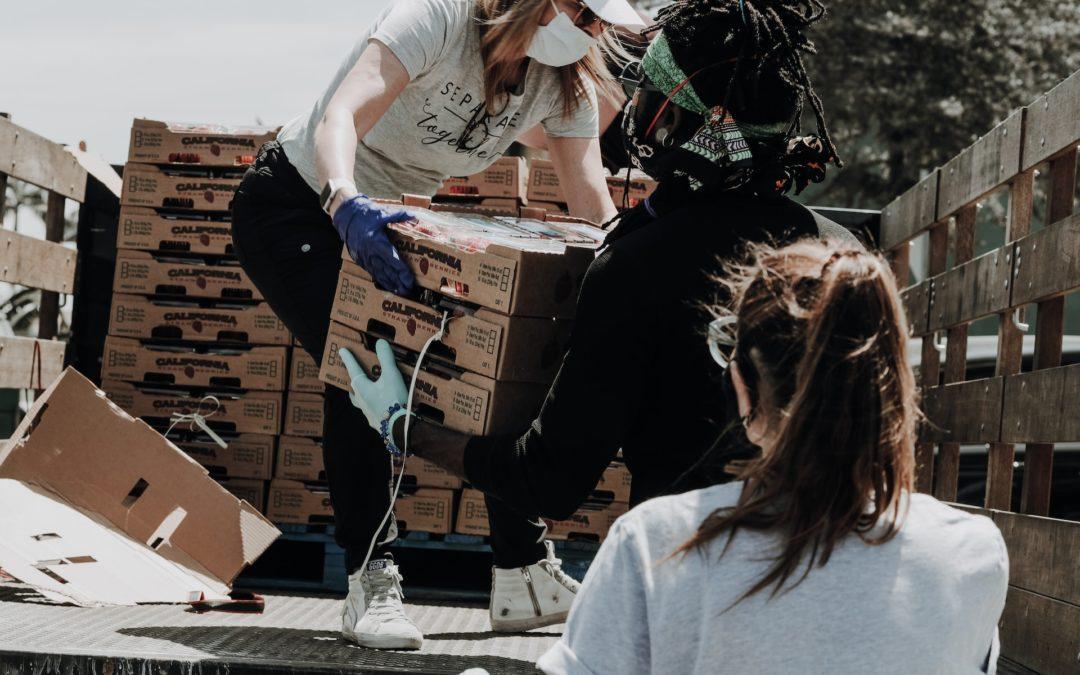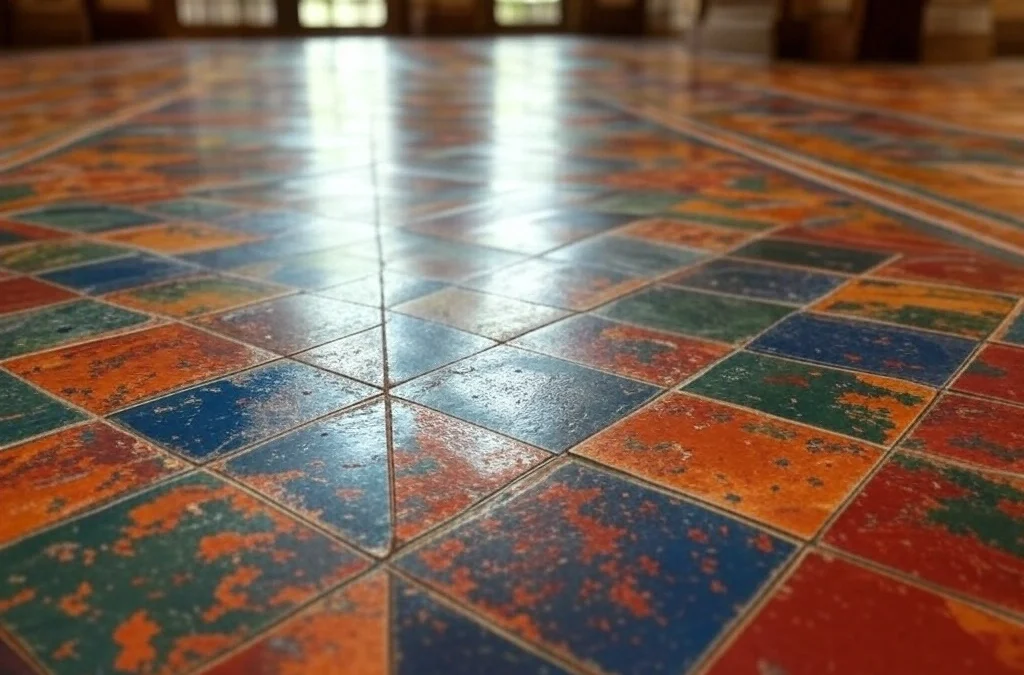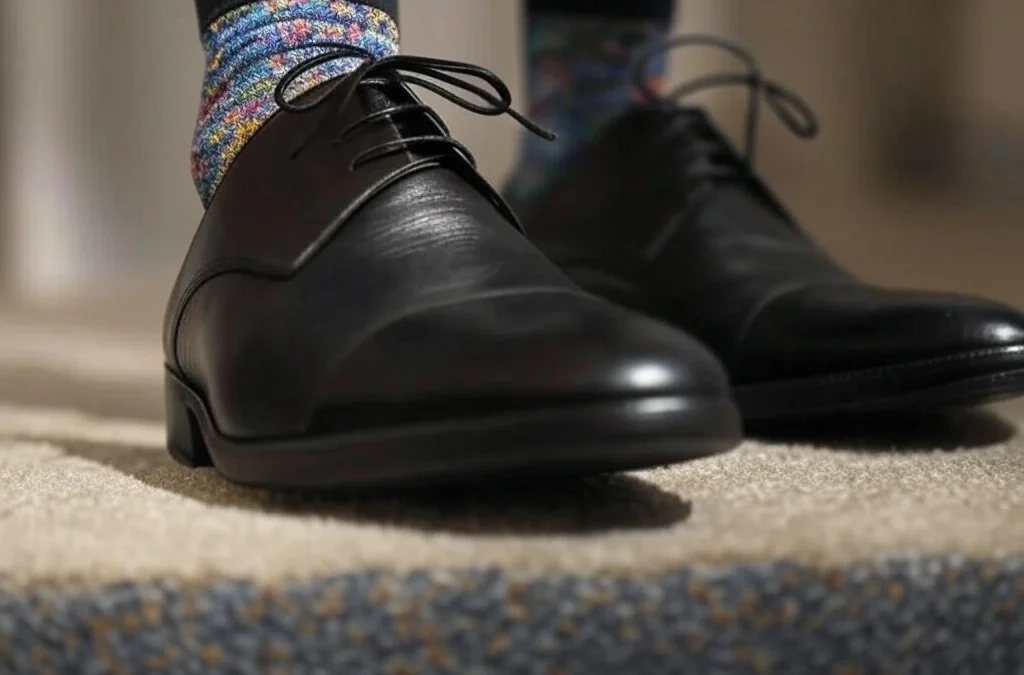Gravity is one of the most important forces in the universe, but many people don’t fully understand what it really is or how it works. We all experience gravity every day – when we walk, when something drops, or when we simply sit in a chair. But there’s much more to it than just things falling down.
From keeping your feet on the ground to holding the planets in orbit, gravity is everywhere. It affects the movement of objects, the structure of space, and even how time passes. Yet because it’s invisible and always present, it’s easy to take it for granted.
This article breaks it down in a simple, clear way. You’ll find real-life examples of gravity, explanations of how it works, and surprising facts that show just how powerful this force really is.
Whether you’re curious, learning, or just looking for answers, this guide will help you understand what gravity is and why gravity matters in everyday life.
What Is Gravity?
Gravity is a natural force that pulls objects toward each other. On Earth, gravity pulls everything toward the planet’s center. It’s the reason why things fall when dropped, why we stay on the ground, and why the Moon orbits the Earth. Gravity affects everything with mass, from tiny particles to huge planets and stars.
In simple terms, gravity is what gives weight to objects. The more mass something has, the stronger its gravitational pull. That’s why Earth’s gravity is strong enough to keep us grounded, while smaller objects like a pencil or a ball don’t pull anything toward them in a noticeable way.
Gravity is essential for life. It keeps our atmosphere in place, causes ocean tides, and shapes the movement of planets and galaxies. Without gravity, life as we know it wouldn’t exist.
Best Examples of Gravity in Everyday Life
We experience gravity all the time, often without even thinking about it. From simple daily actions to natural events, gravity is always at work. Below are some of the best real-life examples that show exactly how gravity affects our world.
1. An Apple Falling from a Tree
This is the classic example that helped Isaac Newton think about gravity. When an apple detaches from a tree, it doesn’t float away. It falls straight down. That’s because Earth’s gravity pulls everything toward its center. This simple moment shows how gravity works on all objects, no matter their size.
2. Why You Stay Grounded When You Walk
Have you ever wondered why you don’t just float off the ground when you walk outside? Gravity is the reason your feet stay on the ground. It pulls your body toward the Earth at all times. You can walk, run, or jump—but gravity always brings you back down. It’s something we often forget, but it’s always working.
3. Rain Falling from the Sky
When clouds are full of water droplets, the water eventually falls as rain. Gravity pulls the raindrops from the sky down to the ground. Without gravity, water would just hang in the air. This example helps us understand how gravity controls the movement of even the smallest particles in the atmosphere.
4. Dropping a Pen on the Floor
If you hold a pen and let go, it doesn’t stay in the air. It drops to the floor instantly. That’s gravity in action. This small and familiar moment clearly shows how gravity acts on everything around us, even lightweight objects.
5. Planets Orbiting the Sun
Gravity isn’t just something we experience on Earth. It also keeps the planets in orbit. The sun’s gravity pulls planets toward it, but their speed keeps them moving in a circle. Without gravity, the planets would fly off into space. This large-scale example shows gravity’s power across the universe.
6. The Weight You See When You Stand on a Scale
When you step on a scale, the number you see is your weight. That number isn’t just about your body—it’s how strongly gravity is pulling you down. If gravity were weaker, your weight would be lower. It’s a direct way to measure how gravity affects your body.
7. Objects Sinking in Water
If you drop a rock into a pond, it sinks. Why? Because gravity pulls it down through the water. The rock is heavier than the water it displaces, so it sinks instead of floating. This example shows how gravity acts even in different environments, like underwater.
8. A Basketball Bouncing on the Ground
When you throw a basketball, gravity pulls it down. It hits the ground, bounces up a bit, and then comes back down again. Each bounce is smaller because some energy is lost. Still, gravity is always at work, pulling the ball downward until it stops moving. It’s a great way to see gravity and energy working together.
9. Tides Caused by the Moon’s Gravity
Gravity isn’t just about falling. The moon’s gravity pulls on Earth’s oceans, creating tides. When the moon is overhead, it pulls the water slightly toward it, causing high tides. This example shows how gravity can stretch across space and affect massive systems like the ocean.
10. Astronauts Floating in Space
People often think astronauts are in zero gravity. That’s not quite true. They’re actually falling around the Earth at the same rate as their spacecraft. Because there’s no surface to stop them, they keep falling—so it feels like they’re floating. This is gravity in a different form and helps explain how gravity works even far from Earth’s surface.
11. Spilling a Glass of Water
If you accidentally knock over a glass of water, the liquid doesn’t just stay in the air—it falls and spreads out on the table or floor. That’s gravity pulling the water downward. It affects both solid and liquid objects. Moments like this show how gravity is involved in even small accidents at home.
12. Rolling a Ball Down a Hill
When you place a ball at the top of a hill and let go, it rolls downward. It doesn’t roll up on its own. Gravity pulls the ball in the direction of the slope, gaining speed as it goes. This is a fun and visual way to understand how gravity works on moving objects.
13. The Shape of Earth and Planets
Have you ever thought about why planets are round? Gravity pulls matter evenly toward the center of mass. Over time, this pull forms a sphere. That’s why Earth and other planets aren’t cubes or irregular shapes. This example helps explain gravity’s influence on the structure of planets.
14. Why Satellites Stay in Orbit
Satellites don’t just float randomly in space. They are constantly falling toward Earth but also moving forward fast enough to stay in orbit. Gravity keeps them locked in this motion. Without gravity, satellites would drift off into space. This shows gravity’s role in technology and communication systems.
15. A Child Sliding Down a Playground Slide
When a child sits at the top of a slide and lets go, gravity takes over. It pulls them downward along the surface of the slide. The child doesn’t need to push to move. Kids experience gravity without even realizing it—it’s built into play and motion.
16. The Movement of Lava During a Volcanic Eruption
When a volcano erupts, lava flows downhill. That happens because gravity pulls the molten rock in the direction of lower ground. It doesn’t rise uphill or float upward. This powerful example shows how gravity influences natural forces on a large scale.
17. Pouring Cereal into a Bowl
When you pour cereal from a box, the pieces fall straight into the bowl. That happens because of gravity. Without it, the cereal would scatter or even float. It’s a simple kitchen moment, but it clearly shows how gravity controls motion and direction.
18. Leaves Falling from Trees in Autumn
In the fall, leaves detach from trees and float gently to the ground. Even though the fall can be slow, gravity is still in control. It’s pulling the leaves down, no matter how light or airy they seem. This soft example shows that gravity works on every object, big or small.
19. A Skydiver Falling Toward the Ground
When someone jumps out of an airplane, gravity pulls them toward the Earth. They fall quickly until a parachute opens to slow them down. This example clearly shows how gravity works on people and how strong it is without resistance.
20. Sleeping Comfortably on a Mattress
At night, when you lie down on your bed, gravity pulls your body onto the mattress. You don’t float or shift upward. That feeling of your body sinking into the bed is gravity at work. It’s one of the most everyday examples, but also one of the clearest.
More Real-Life Examples of Gravity
- A Waterfall Rushing Downward – When water flows over the edge of a cliff, it doesn’t stay in the air—it falls.
- A Coin Dropping into a Vending Machine
- Picking Up a Backpack – When you lift a heavy backpack off the floor, you feel the weight in your arms. That resistance? It’s gravity pulling it down while you try to move it up.
- A Broken Glass Falling and Shattering – If you accidentally knock a glass off a table, it doesn’t hover—it crashes to the ground and breaks. Gravity pulls it down, fast.
- Rocks Falling Off a Cliff
- Sitting in a Chair Without Floating – When you sit down, gravity keeps you in place.
- A Swing Slowing Down and Stopping
- Jumping on a Trampoline – When you jump up on a trampoline, you don’t stay in the air forever. Gravity pulls you back down every time.
- Building Foundations Needing Support – Tall buildings need strong foundations so gravity doesn’t cause them to tilt or collapse.
- A Balloon Floating Down After Losing Helium – When a helium balloon slowly loses gas, it stops floating. Eventually, it sinks to the ground.
How Gravity Quietly Shapes Your Life
Gravity isn’t just a science term you learn in school. It’s part of your life every single day, whether you notice it or not. When you pour coffee, tie your shoes, or drop your phone—gravity is involved. It’s always working, always present.
Think about this: without gravity, you wouldn’t be able to sit in a chair, sleep in a bed, or even walk across the floor. Your body would float, and so would everything else. Gravity gives structure to life. It makes normal routines possible.
It’s not just about objects falling. Gravity is what holds Earth’s atmosphere in place. It keeps the air around us from drifting off into space. That means we can breathe. It means weather can happen. Rain falls because of gravity. Snow does too.
Even our bodies respond to gravity. It affects how we grow, how our muscles work, and even how our bones stay strong. Astronauts who spend time in space—where gravity is much weaker—often come back with muscle loss and lower bone density. That’s how important gravity really is.
And beyond Earth? Gravity controls the way planets move, how the moon orbits us, and how the sun holds everything in our solar system together. Without gravity, space would be complete chaos.
So the next time you see a leaf fall or catch yourself before tripping, take a second. That’s gravity at work. It might be invisible, but its effects are everywhere.
What If There Were No Gravity?
It’s hard to imagine a world without gravity. But thinking about it helps us understand just how important it is.
Without gravity, there would be no “up” or “down.” You wouldn’t stay on the floor. Your drink wouldn’t stay in the glass. The chair you sit in wouldn’t stay on the ground. Daily life would be impossible.
The air we breathe? Gone. Gravity holds Earth’s atmosphere in place. Without it, the air would drift off into space. That means no oxygen, no weather, no clouds—nothing.
And it’s not just about us. The moon would stop orbiting Earth. The Earth itself would stop orbiting the sun. Planets, stars, and galaxies would lose structure. Everything would just scatter.
Even your body would change. Your muscles and bones depend on gravity to stay strong. That’s why astronauts lose muscle in space. Without gravity, the human body weakens over time.
Most people don’t think about gravity. It’s quiet, constant, and always working. But once you start paying attention, it’s everywhere. From the way your feet touch the ground to how the planets move above us—gravity holds it all together.
So while we may not see it, gravity is one of the most important forces in the universe. Without it, life wouldn’t just be different. It wouldn’t be possible.
How Gravity Affects Time
Most people think of gravity as something that just pulls things down. But gravity also affects time—and that’s something many don’t realize.
According to Einstein’s theory of general relativity, gravity can actually slow down time. The stronger the gravitational pull, the slower time moves. This isn’t science fiction. It’s real, and it’s been proven by scientists.
For example, time passes slightly faster at the top of a mountain than it does at sea level. Why? Because gravity is a bit weaker up there. Even though the difference is small, it’s enough that GPS satellites need to account for it. If they didn’t, they’d get location data wrong by miles.
This might sound complex, but the idea is simple: gravity doesn’t just pull on objects—it pulls on time itself.
You probably won’t notice it in everyday life, but the fact that gravity shapes how we experience time shows just how deep its influence goes. It’s not just something that makes things fall. It’s a force that quietly affects the structure of the universe.
Even something as constant as time is touched by gravity. That’s worth thinking about.
Gravity and Motion: Why Falling Objects Speed Up
When something falls, it doesn’t drop at a steady pace. It speeds up as it goes. That’s gravity at work—pulling harder with every passing moment.
Drop a ball, and it won’t float down in slow motion. It starts off slow, then quickly gains speed. This is called acceleration due to gravity, and on Earth, it’s roughly 9.8 meters per second squared (32 ft/s2). In simple terms, for every second an object falls, its speed increases by about 9.8 meters per second (32 ft/s2).
You don’t need to be in a lab to notice this. Anyone who’s ever dropped their phone knows it hits the ground faster than expected. That gut-twisting moment when it slips? That’s your brain reacting to gravity’s constant pull.
This isn’t just about phones or fragile things. It’s why skydivers feel the rush. Why roller coasters thrill. Why a rock rolling off a cliff hits with serious force. The faster something falls, the more energy it carries—and gravity drives that buildup.
Gravity is a more powerful force than you might think. It’s not just the fall—it’s how fast speed stacks up on the way down. Gravity doesn’t just pull. It accelerates. That makes it more than a force. It’s a key part of how motion works in the world around us.
Read also: 20 Examples of Time and Its Meaning
The Most Popular on BitGlint

20 Frequency Examples in Daily Life and Physics
Have you ever noticed how often things repeat in everyday life? Maybe it’s the steady ticking of a clock, the rhythmic...

Top 30 Examples of Moral Responsibility
In our complex world, moral responsibility acts as a guiding force, influencing choices and fostering ethical conduct....

50 Examples of Square Things
Square things are part of everyday life, even if we don’t always think about them. From objects we use at home to...

30 Flow State Examples & Definition
Most people have felt it at some point — that rare moment when everything just clicks. You're working, moving, or...

30 Honesty Examples & Definition
Honesty is one of the most important values a person can have. It affects how we act, how we speak, and how others see...

20 Best Examples of Hope & Definition
In today's fast-paced world, hope serves as a beacon, guiding us through challenging times and towards brighter days....

100 Things That Come in Pairs
Pairs are all around us. From what we wear to how we live, many of the things we use or see every day come in twos....
Get Inspired with BitGlint
The Latest
20 Déjà Vu Examples & Meaning
Have you ever found yourself in a situation where everything feels oddly familiar, even though you know it's happening for the first time? This eerie sensation is known as déjà vu, and it’s something most people experience at least once in their lives. It can happen...

30 Patterns in Nature: Examples & Explanation
Patterns in nature surround us every day. From the delicate veins on a leaf to the mesmerizing spirals of a galaxy, these natural patterns reflect an organized world that's easy to overlook. But have you ever stopped to wonder why these patterns exist, or why our...
Top 100 Things That Are Important
Everyone has their own perspective on what's most important in life. While priorities might differ from one person to another, certain things consistently rank highly across cultures, ages, and experiences. This article lists the top 100 things that many people find...
20 Decay Examples & Definition
Have you ever left a banana on the counter a bit too long, only to find it covered in brown spots and turning mushy? This everyday occurrence is a simple example of decay, a natural process that affects everything around us. Decay isn't just about food going bad -...

